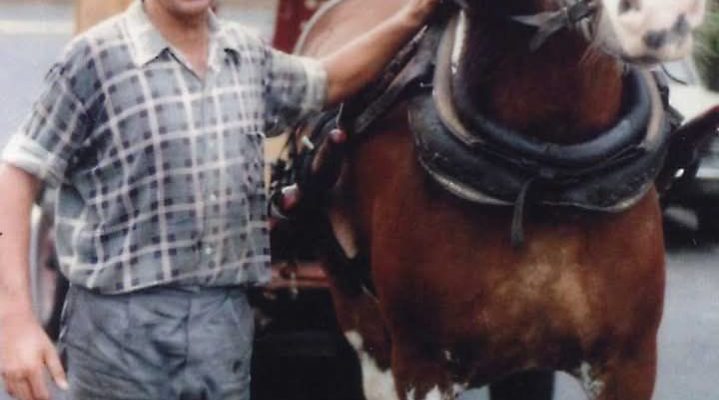The sight of a man standing beside his horse-drawn wagon, preparing to deliver fresh milk and bread to households, is a snapshot of a simpler time in American history. This once-common practice was more than just a delivery service—it was a cherished part of daily life.
Before the rise of supermarkets, home refrigeration, and modern delivery systems, families relied on local milkmen and breadmen to bring fresh essentials straight to their doors. This unique culture, now a thing of the past, played a vital role in shaping American communities. Let’s take a closer look at how this tradition began, flourished, and eventually disappeared.
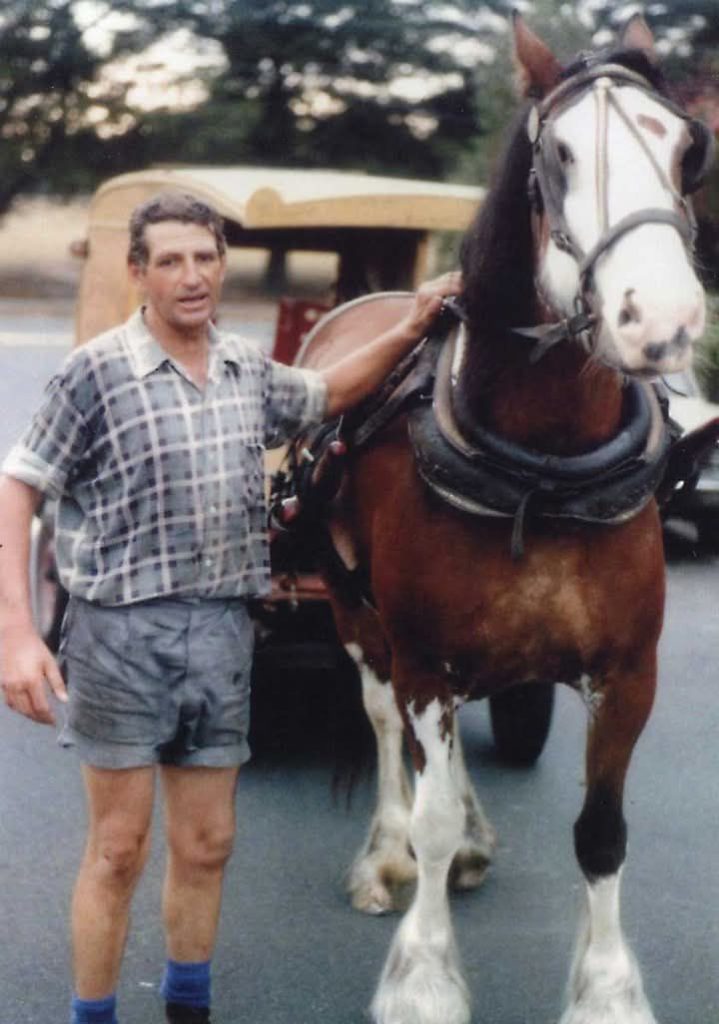
The Beginning: When Milk and Bread Delivery Became Essential
In the late 19th and early 20th centuries, home delivery of milk and bread wasn’t just a convenience—it was a necessity. Most households lacked refrigeration, meaning perishable food had to be consumed quickly before spoiling.
Why Home Delivery Was Needed
- Lack of Refrigeration – Before electric refrigerators, iceboxes were the only way to keep food cool, but they weren’t efficient for long-term storage.
- Daily Freshness – Families needed fresh milk and bread delivered daily to ensure quality and safety.
- Urban Growth – As cities expanded, bakeries and dairies set up structured delivery routes to meet the demand of growing populations.
How the System Worked
- Milkmen and breadmen followed scheduled routes, making early morning deliveries before families woke up.
- Customers placed empty milk bottles outside their doors, sometimes with handwritten notes specifying their order.
- Deliveries were made in glass bottles and packed into metal crates to keep the milk cool.
- Bread was delivered fresh from local bakeries, often wrapped in simple paper packaging.
At first, deliveries were made using horse-drawn wagons, which proved ideal for the job. Horses moved at a steady pace and stopped frequently without needing to restart an engine, making deliveries more efficient.
The Golden Age: When Milk and Bread Delivery Became a Symbol of Daily Life
Between the 1920s and 1950s, home delivery services flourished. By the mid-century, over 30% of American households relied on daily milk deliveries, and many also received bread, butter, and other essentials.
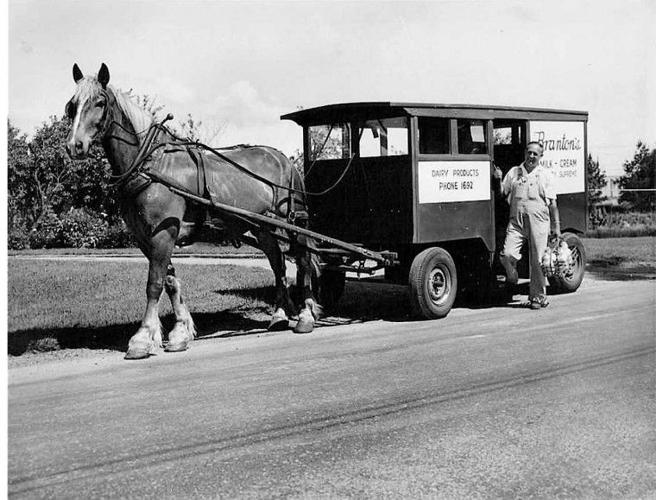
The Role of the Milkmen and Breadmen
These workers weren’t just deliverymen—they became trusted members of the community. They knew every family’s routine, greeted children by name, and often chatted with customers in the morning. Their job was more than just logistics; it was about building relationships.
Famous Dairy and Bakery Companies of the Era
During this time, large dairy companies and bakeries expanded their networks to accommodate the growing demand:
- Borden Dairy – One of the most recognized dairy brands in America.
- Sealtest Dairy – A household name in milk and cream products.
- Wonder Bread – A leader in the commercial bread industry.
Many families looked forward to their daily deliveries. The clinking of milk bottles, the aroma of fresh bread, and the sight of a horse-drawn wagon rolling through the neighborhood were comforting and familiar aspects of daily life.
The Decline: How Technology Changed Consumer Habits
By the 1950s and 1960s, home delivery services started to decline. Advancements in technology and changes in consumer behavior made the once-thriving tradition less necessary.
1. The Rise of Refrigerators
As electric refrigerators became common in American homes, families could store milk and bread for longer periods. This eliminated the need for daily deliveries.
2. The Growth of Supermarkets
Supermarkets like Kroger, Safeway, and A&P expanded, offering greater convenience and a wider selection of food. Instead of waiting for deliveries, people preferred to buy everything in one trip.
3. The Shift from Horses to Automobiles
Dairy companies and bakeries transitioned from horse-drawn wagons to motorized delivery trucks. While trucks allowed for larger deliveries, they also led to fewer stops and the eventual phasing out of home delivery services altogether.
By the 1980s and 1990s, only a handful of small towns and specialty dairies continued offering home milk and bread delivery.
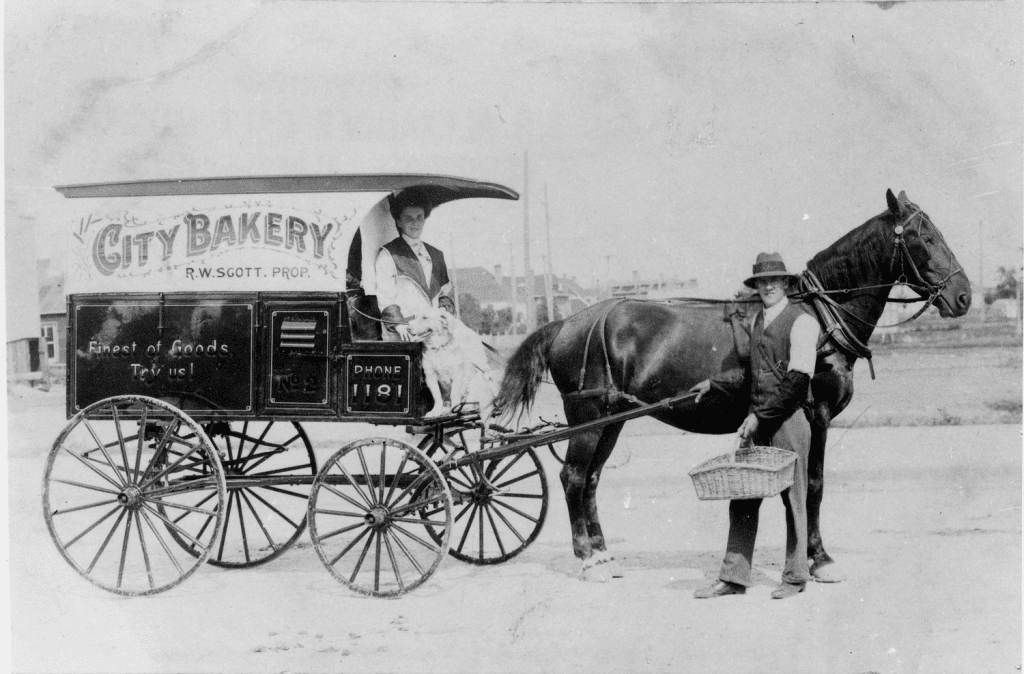
The Historical Significance and Lasting Legacy
Though this practice has faded, its impact on American culture remains significant.
Why People Remember the Milkman and Breadman
- A Symbol of Simplicity – The era of horse-drawn delivery represents a time when communities felt more connected.
- A Part of Childhood Memories – Many who grew up in the mid-20th century still recall the excitement of finding fresh milk or warm bread waiting at their doorstep.
- A Reflection of Changing Times – The shift from local delivery to mass consumerism mirrors America’s transformation from small-town traditions to modern convenience.
Preserving the Past Through Media
The culture of milk and bread delivery has been captured in movies, books, and even nostalgic advertisements. It remains a symbol of an era when personal service mattered more than speed.
A Modern Twist: Is Home Delivery Making a Comeback?
While horse-drawn wagons may be gone, the concept of home grocery delivery is returning in a digital form.
The Rise of Online Grocery Services
Companies like Amazon Fresh, Instacart, and Walmart+ have revived the idea of doorstep food delivery. Instead of a milkman with a horse and wagon, modern consumers place orders through mobile apps and receive groceries within hours.
Small Dairies and Bakeries Reviving Tradition
Some local farms and specialty bakeries have reintroduced subscription-based delivery services, offering fresh dairy and baked goods to customers who value quality and nostalgia. While delivery vans have replaced horses, the personal touch remains.
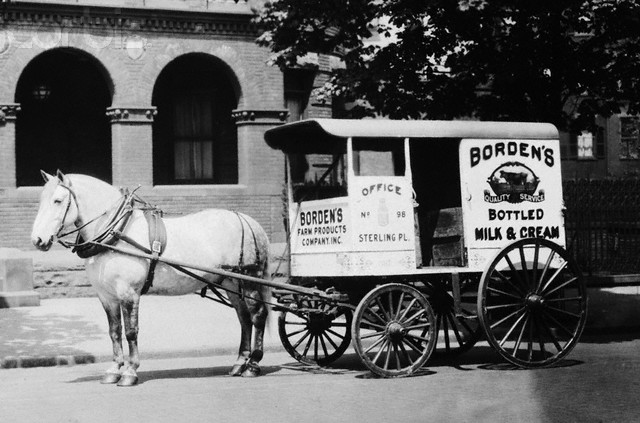
Final Thoughts
This timeless photograph of a milkman standing beside his horse-drawn wagon is more than just a glimpse into the past—it’s a reminder of a culture that shaped everyday life for generations of Americans.
The culture of delivering fresh milk and bread directly to homes was about more than convenience. It was about community, trust, and a personal connection between the people who made and delivered food and the families who relied on them.
Though this era has faded, its values—fresh food, reliable service, and a sense of community—continue to resonate. And perhaps, in a world that moves at breakneck speed, the nostalgia for the milkman’s morning delivery reminds us to slow down and appreciate the simple joys of life.
